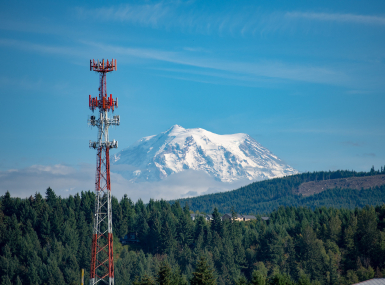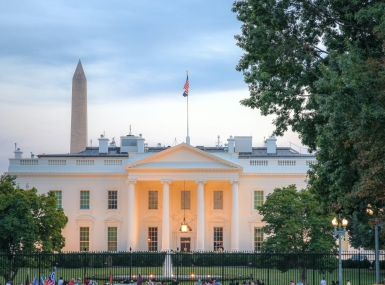Bitcoins: Some Basics about the Cryptocurrency
Upcoming Events
Related News
New ransomware called “WannaCry” recently crippled computers worldwide. The attack seizes up computers, preventing users from accessing files. It demands a payment if you ever want to see your files again. Malicious groups who create such malware have taken a liking to Bitcoin to receive those payments.
So, what exactly is Bitcoin? At its heart, it is a currency like the dollar and euro. It has value because people accept it as payment, as currency. But unlike those currencies, Bitcoin has many quirky features which enable it to work and makes it a popular choice to pay for goods and services ... or ransoms.
For starters, there are no physical Bitcoins – they exist entirely online. Bitcoin can be compared loosely to e-mail. Bitcoin “wallets” consist of a public address (think e-mail address) and a private key (like the password to your e-mail account). One can only spend money from an address if they have the private key.
Another strange feature of Bitcoin, lies in how it is controlled. It does not have any central authority like the Federal Reserve. Rather, it is governed by a democratic system of computers. The computers (called nodes) form a network that is collectively the structure Bitcoin operates on. These nodes are the backbone of Bitcoin, keeping a public ledger of payments called the blockchain. Nodes also perform many other critical functions behind the scenes, which allow Bitcoin to stay secure and decentralized.
The final piece of the puzzle for creators of ransomware is anonymity — transactions can be completely anonymous. This means Bitcoin users can easily receive their spoils, without having to worry about a paper trail or law enforcement.
In the case of WannaCry, there have already been tens of thousands of equivalent USD in payments, which by themselves are easily traceable.
But there is simply no way to identify who owns that Bitcoin wallet, until they are spent in some way. Even then, mixing services exist. These can be likened to pooling money together in a pot and drawing your share back out. The “clean” money drawn out cannot be traced back to any specific owner.
Although Bitcoin is the payment of choice for online criminals, Bitcoin can be used for both nefarious and positive purposes, just like any other currency. Adoption is ever-increasing even on Wall Street, and it is gradually being folded into our current financial system.
Many companies already accept Bitcoin as a payment method. We are even seeing at tempts to create new financial instruments with a more traditional structure that closely follows Bitcoin’s value. Like any currency, Bitcoin’s value is determined by market forces.
The supply and demand at any moment will dictate which direction the price moves, and by how much.
However, Bitcoin’s similar ities as a currency end there. Unlike fiat currencies, Bitcoin does not have a central bank to enact monetary policies. It is laissez faire, and ultimately decided as a collective by those that participate in the Bitcoin network.
Bitcoin’s future certainly holds more growing pains. Although it is not quite as volatile as it used to be, it is still subject to extreme price swings when compared to conventional assets. As usage increases, bottlenecks are starting to occur in transaction speed.
There have even been attempts to regulate the network. Because Bitcoin is decentralized and largely esoteric, these attempts have failed outright.
But developers have been hard at work to solve the issues facing Bitcoin today.
Both scholars and hackers alike are continuously studying and improving the system infrastructure.
Like any new technology, it will take fine tuning over years to come before it reaches maturity. And with so many hands on-deck, the future of block chain technology looks brighter than ever.
P.S. On May 25, the value of 1 Bitcoin in USD was $2,263.72.
Attachments
Related News

House committee passes local broadband permitting preemption bills
The American Broadband Deployment Act of 2025 would enact new restrictions on a variety of state and local land use and zoning authorities pertaining to the deployment of telecommunications infrastructure.

White House signs Executive Order on state AI lawmaking
President Trump signed an Executive Order (EO) aimed at mobilizing federal agencies to challenge existing state laws on artificial intelligence.
